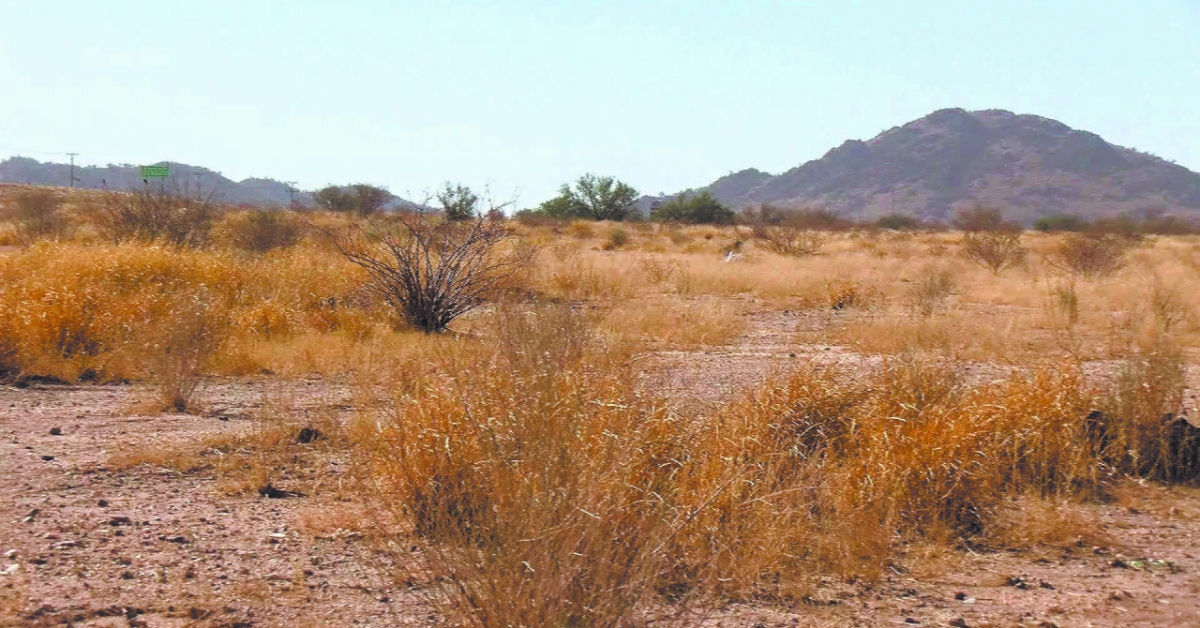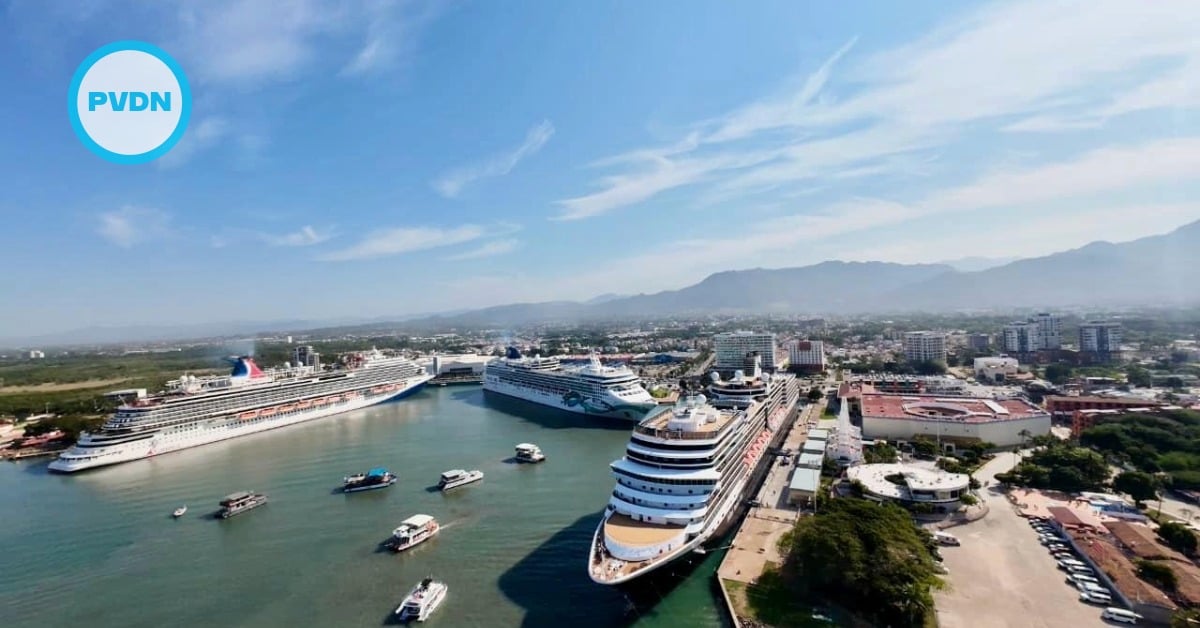Mexico sees national drought relief thanks to June rains, but states like Sonora and Baja California report worsening conditions, Conagua reports.
Rainfall during the first half of June has brought widespread relief from drought across much of Mexico, but the country’s northwest remains in critical condition, according to the National Water Commission (Conagua). In its most recent Drought Monitor report, Conagua revealed that while the overall national outlook has improved significantly, several northern states are now experiencing some of the worst drought levels in recent years.
As of June 15 . . .







